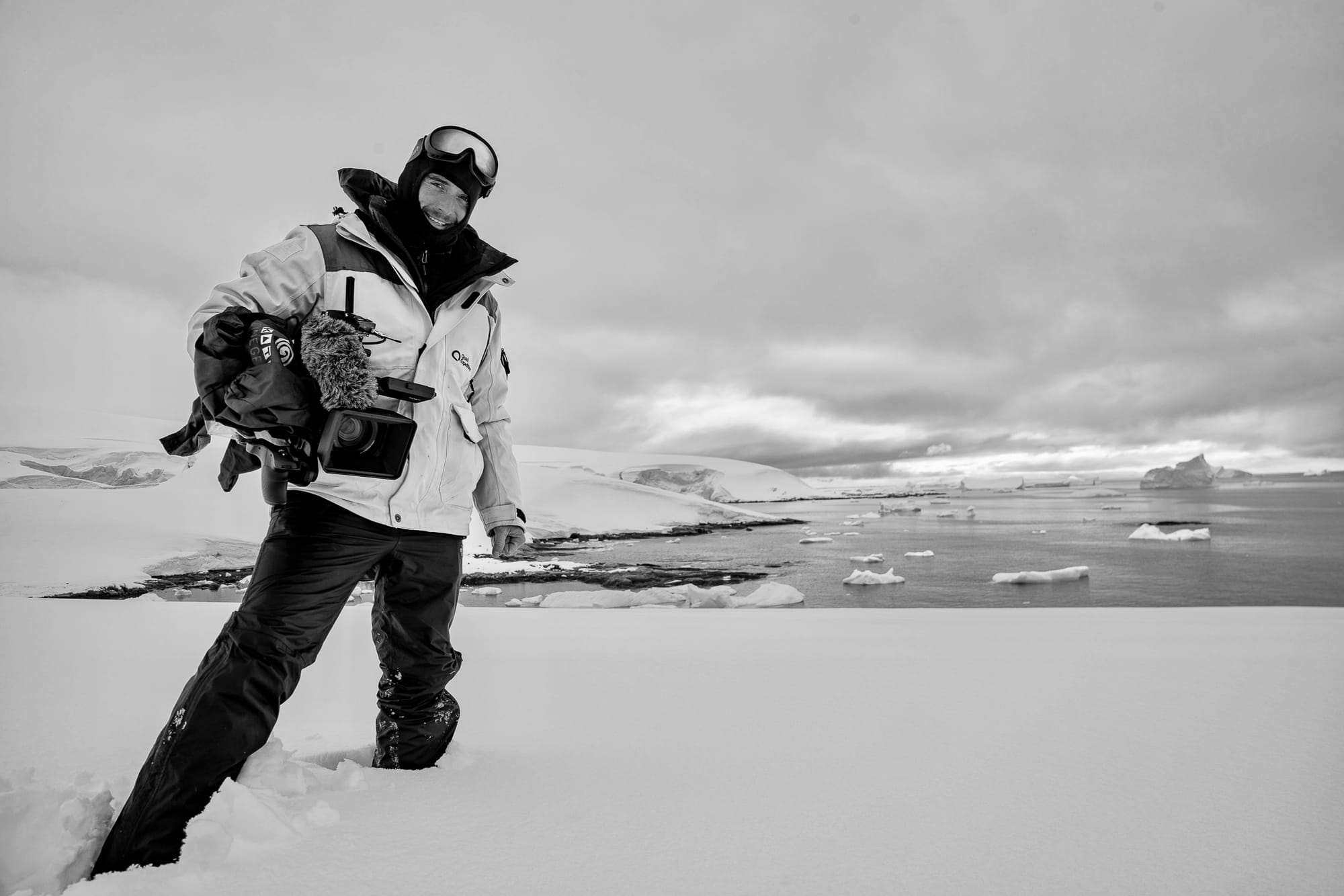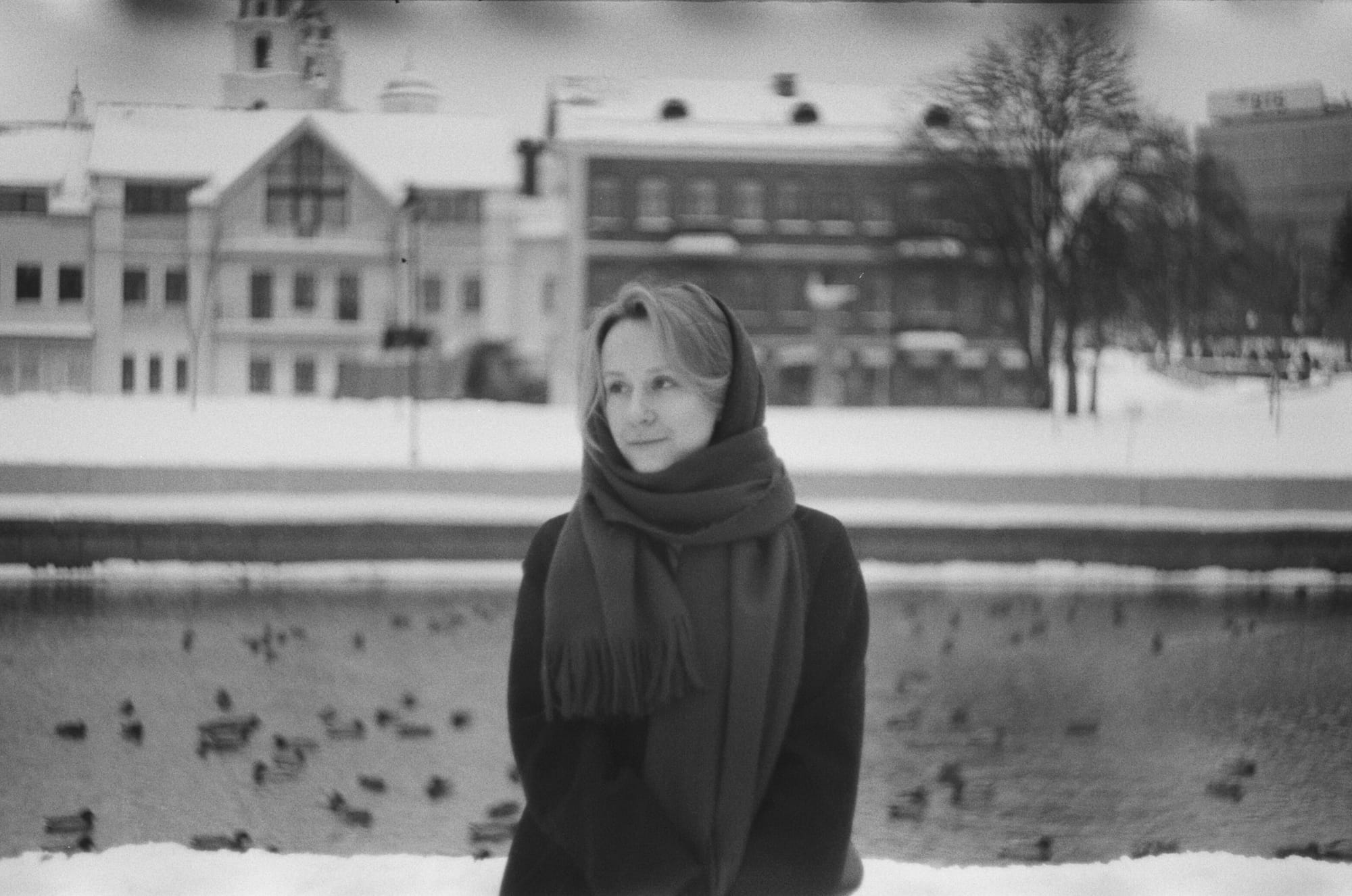The future of creative work: Still human storytelling?
Why human storytelling and creative expression is needed more than ever in the age of AI.
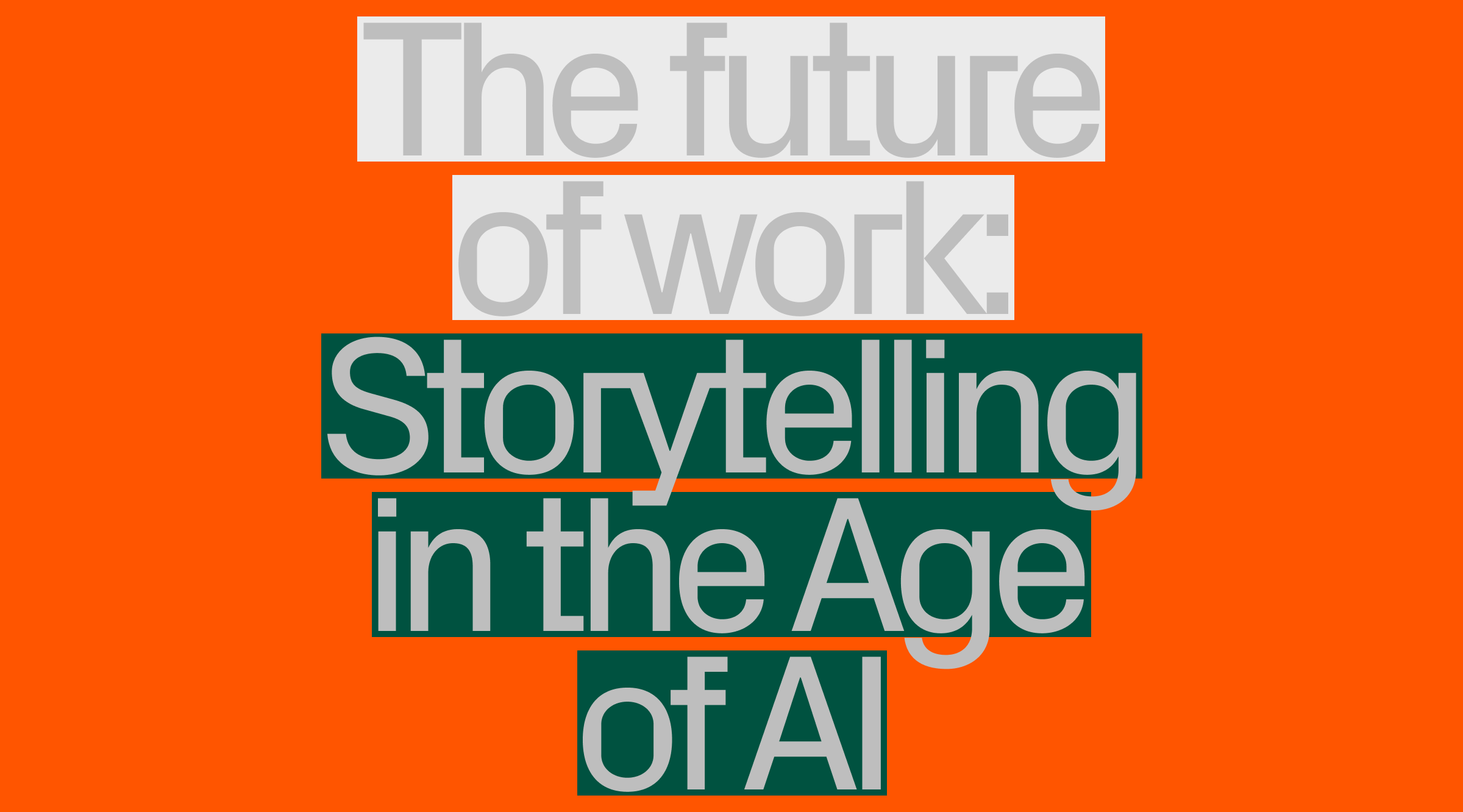
The latest in our new series on the future of creative work asks us to look inward to meet the challenges of tomorrow’s technological horizons.
Words by Fraser Morton, Director of Far Company. You can follow Fraser on Instagram and Substack.
It’s a winter’s day in 2045. Sipping your morning coffee, you switch on the news. It’s the day everyone has been dreading for years. Machines have won. Humans have lost the war to control superintelligence, and the technological singularity has come to pass.
“This may be my last broadcast,” the newsreader says, “AI is the new dominant ‘life force.’ We humans may soon no longer be relevant. The machines say we are a pestilence to progress on our home planet—a destroyer of Earth’s ecosystems. A warring species that needs a smarter, more rational lifeform to control us. AI says it’s here to save us from ourselves. The future of humanity is on the brink. Will we survive?”
Sweat snakes down your spine as you look horrified at your partner sitting beside you. The newsreader continues. “Because this might be our last day on Earth, maybe we should all ask ourselves…how will you spend it? May it be something that makes you feel alive—that makes you feel human. Farewell, good luck, and signing off.”
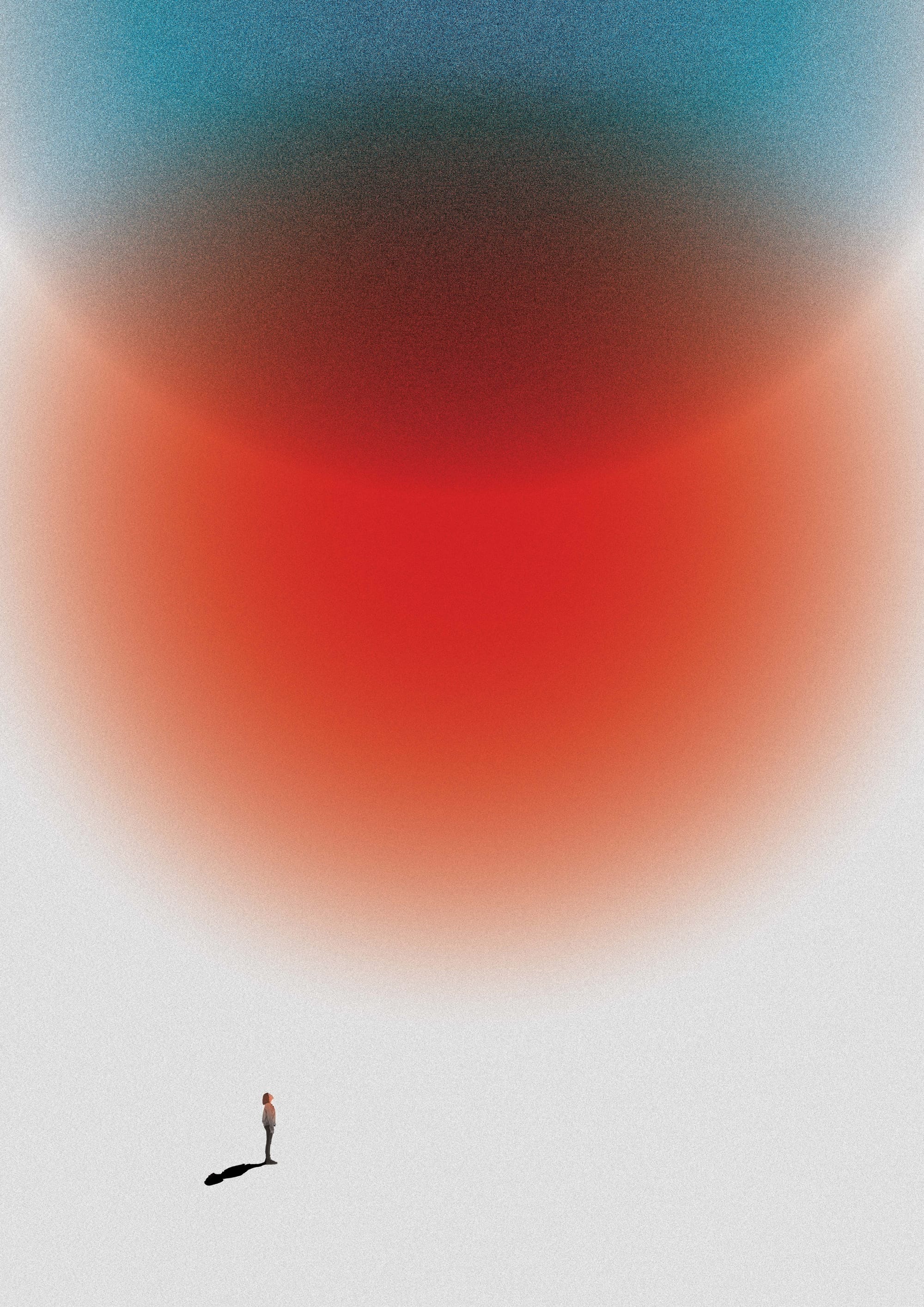
In this imagined doomsday future, I know exactly what I’d do. See friends and family, go for a walk on the beach, write a letter, and maybe borrow Dr. Martin Luther King Jnr’s suggestion: “Even if I knew that tomorrow the world would go to pieces, I would still plant my apple tree today.” Essentially, I’d do something that makes me feel alive and connected to the bigger picture of humanity. Wouldn’t you?
Humans need to express
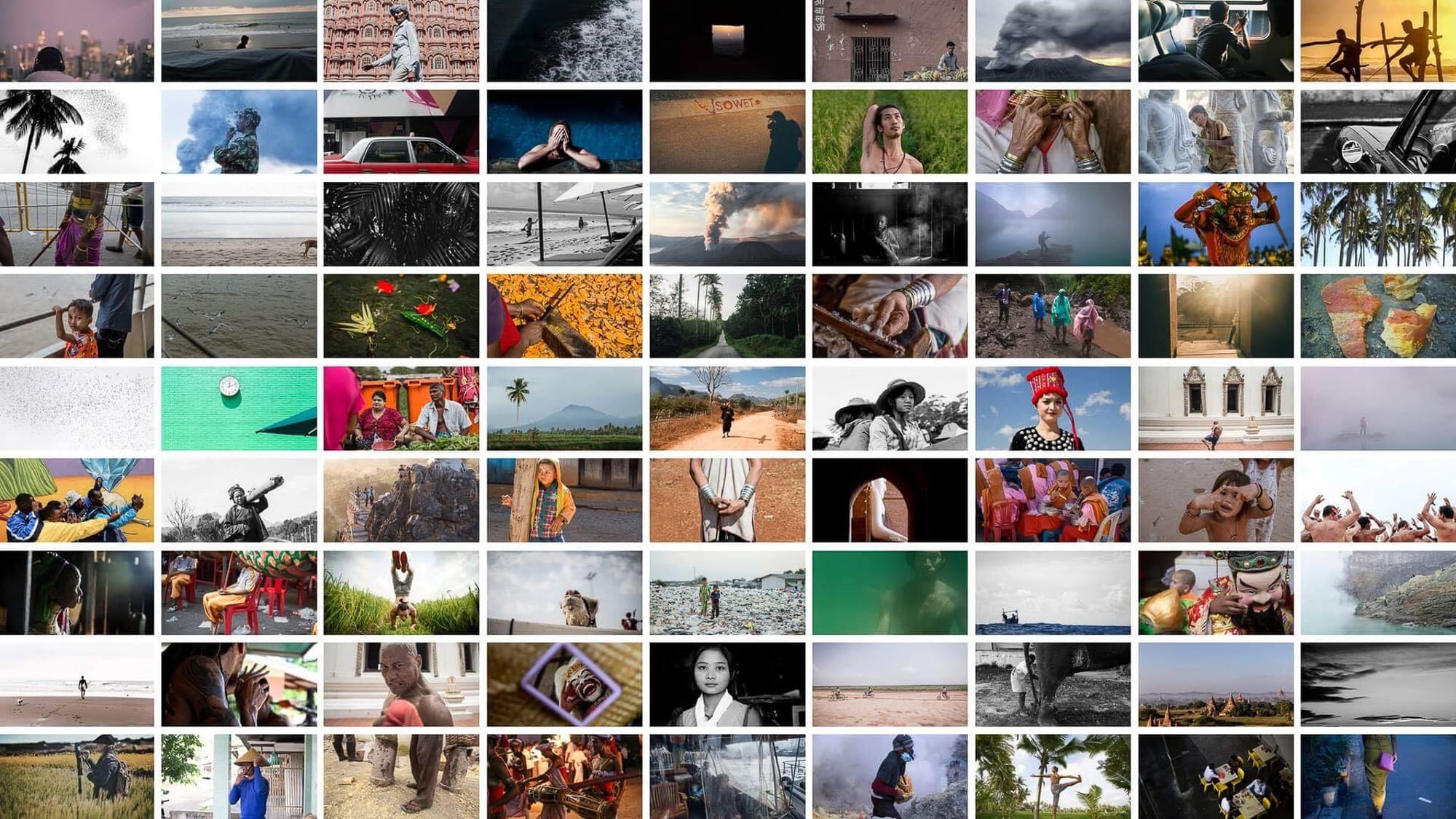
We humans need to express ourselves through stories, art, and acts of creativity. We do this not because we are commanded to or prompted to. We express ourselves because the act itself nourishes us, feeds us, moves us, brings us to tears, lifts us, punches us in the gut, makes us laugh, bonds us (and sometimes repels us) to other people like magnets, electrifying our spirit and planting wonder in our hearts that grows into deep, meaningful narratives that shape and guide our lives. We are a storytelling species. But on the other hand, AI—well—not so much. It does what it’s told. For now, and so may it remain. Whenever someone tells me that AI is going to “replace” human creativity, art or storytelling, I’m reminded of a quote about why we humans write by author Anne Lamott.
It’s like singing in a storm at sea. You can’t stop the raging storm, but singing can change the hearts and spirits of the people who are together on that ship.—Anne Lamott
This is why humans write and create art. We do it because the act itself calms us through rough seas, consoles us in times of need, and allows us to see the world through someone else’s eyes. We create because we must. We read, watch, and consume art because we must. Because it makes us feel alive. The creative act is a doorway between the inner and outer landscapes we experience in the world – a window to our meaning. Meanwhile, AI has no idea why it makes “art”; it’s alien and non-human, and so it doesn’t feel anything. This is the key difference. I want to know who the author, artist, designer, or filmmaker is behind the work—it matters. As we head into the future of our relationship with AI, human authorship and voice will become more valuable than ever before. Expression is everything. It’s how we articulate our emotions.
There are hopeful signs all around that we will defend our creative expression. The 2023 Hollywood actors' strike, led by SAG-AFTRA (Screen Actors Guild—American Federation of Television and Radio Artists), was one of the most significant labour actions in the entertainment industry in recent years—a direct protest against AI “replacing” human creative roles. Or remember the heinous Apple “Crush” advert for the new iPad earlier this year that showed a hydraulic press destroying musical instruments, notebooks, paints, statues, cameras and other creative tools to reveal a single iPad. The Internet was not amused, and rightly so.
Technology and AI companies underestimate humans' need to express themselves at their peril. We must collectively call out, push back, and resist overreach into human realms of emotive creativity because this is sacred human territory.
However, the misguided perception of AI’s role in creativity is not limited to corporations. We “creatives” must also do our part to align ourselves with AI. A few years ago, an artist won a state fair art competition with an AI image—cue Twitter backlash and media furor. Amid the post-event debate, something the artist Jason M. Allen said highlighted a stance I feel completely missed the point of our relationship with AI and human creativity. “This isn’t going to stop…art is dead, dude. It’s over. AI won. Humans lost,” he said in an New York times interview.
I disagree wholeheartedly. Humans have not lost our creativity because it is alive inside us and cannot be taken away from us. I express myself with words, pictures, and films because I enjoy the creative act. If Mr Allen doesn’t anymore, that’s his prerogative, but human-made art will live on as long as we do.
Human vs “Alien” expression
The human vs AI creativity rabbit hole runs deep and in many directions. We could get lost for a long time trying to find our way back out of this conversion. But the important difference between us and “it” is why.
I see this debate raging online “that we are going to get replaced creatively” and I believe there’s another way to look at the problem. One that demands us to look not outward to it but inward to us and ask ourselves why we make art and write—why do you, really? I would encourage you to really ask yourself that question.
I don’t mean the day job. I mean the creative acts you do because you either feel compelled or called to. Those moments when you create something just for the pure joy, or sake creation: drumming, writing, singing, painting, doodling, drawing, sketching, dancing, acting, filming, photographing, designing—whatever your pleasure. All the continuous creative verbs you can think of—the act makes us feel alive. Right? Does an AI do this? Not so much.
A report by the National Institute of Standards and Technology (NIST) succinctly outlines the difference between human and AI creativity, “Humans bring essential traits like consciousness, emotional intelligence, creativity, and ethical decision-making—aspects AI lacks. While AI can mimic certain outputs based on data and algorithms, it doesn’t have the capacity for subjective experience, empathy, or moral reasoning. The human ability to reflect, imagine, and express emotions provides depth to creativity, which AI can only simulate, not truly replicate.”
In his new book Nexus Author Yuval Noah Harari dubbs AI as an “alien” form of intelligence, highlighting how it fundamentally differs from human thought. He also suggests that AI could represent the first “inorganic life form”, a development unlike anything seen in Earth's four-billion-year history. Harari warns that AI, because it operates in ways alien to human intelligence, may change our ecological and societal systems, making it crucial to understand its potential impact before it evolves beyond human control.
One of my favourite quotes about our human need for expression dropped into my lap a few years ago during an interview with British anthropologist Dr. Lawrence Blair.
Send artists and poets to the depths of the oceans and into outer space, for they give meaning to scientific discoveries. After all, we don’t want to know what things are. We want to know what they mean.—Dr. Lawrence Blair
You can travel great distances in a single sentence, and Dr. Blair’s thoughts on the role of the storyteller in exploration—and human society as a whole—is an important one. While we humans are driven by a need to explore, equally important is our need to bring back the story for our fellow human beings so we can all make meaning.
Use AI, don't let it use you
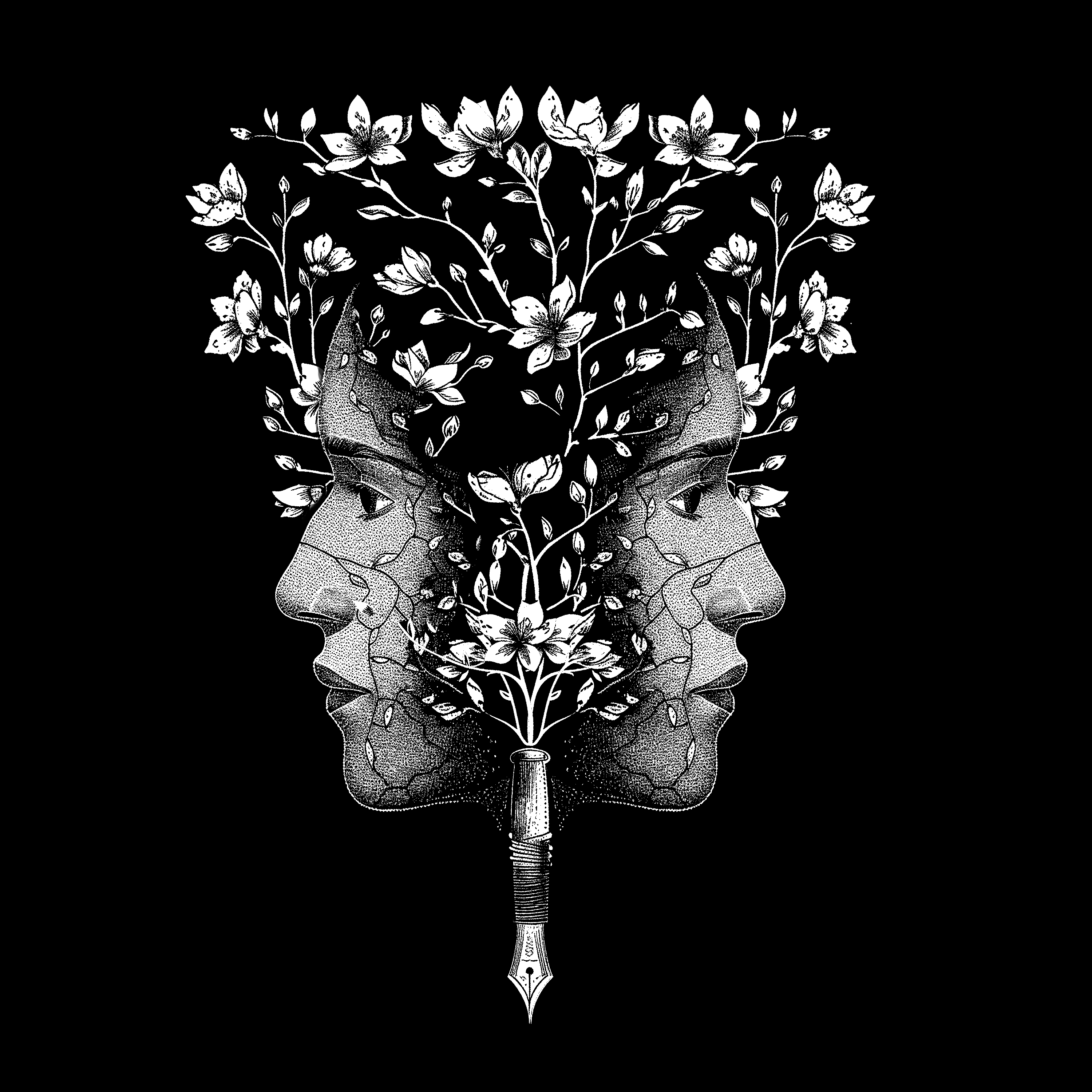
I use AI. I don’t let it use me. I treat it like social media. I know it’s powerful. I question the intentions behind the creators of the tech, and I experiment. The primary reason I use AI tools is as an assistant to perform research, summarise, create lists, plan trips, collate data, and find me obscure information. I do not view AI as “replacing” my creativity but as a tool to enhance my productivity. I view it as a machine helping me to do tasks at speed. The creative acts I want to do—well—those are for me.
In terms of guidelines, journalists, news organizations, and creative companies are staggeringly behind in terms of AI ethics guidelines on a global scale. Even The Guardian and The New York Times have vague guidelines over usage, but the latter’s Transparency stance points to a happy-medium. “We should tell readers how our work was created and, if we make substantial use of generative A.I., explain how we mitigate risks, such as bias or inaccuracy, with human oversight.”
In the AI & Journalism workshops I teach "Transparency" is one of the fundamentals I communicate to other journalists grappling with usage ethics. Just ensure transparency when AI is used and create an immediate AI guidelines policy at your organization. It’s that simple.
In coming years AI is expected to impact creative industries hugely. A 2023 report by McKinsey estimates that AI could automate around 20-30% of tasks in creative fields like writing, design, and video editing by 2030. While the impacts will be huge, humans must find ever-more creative ways to do what the machines can’t—be humane.
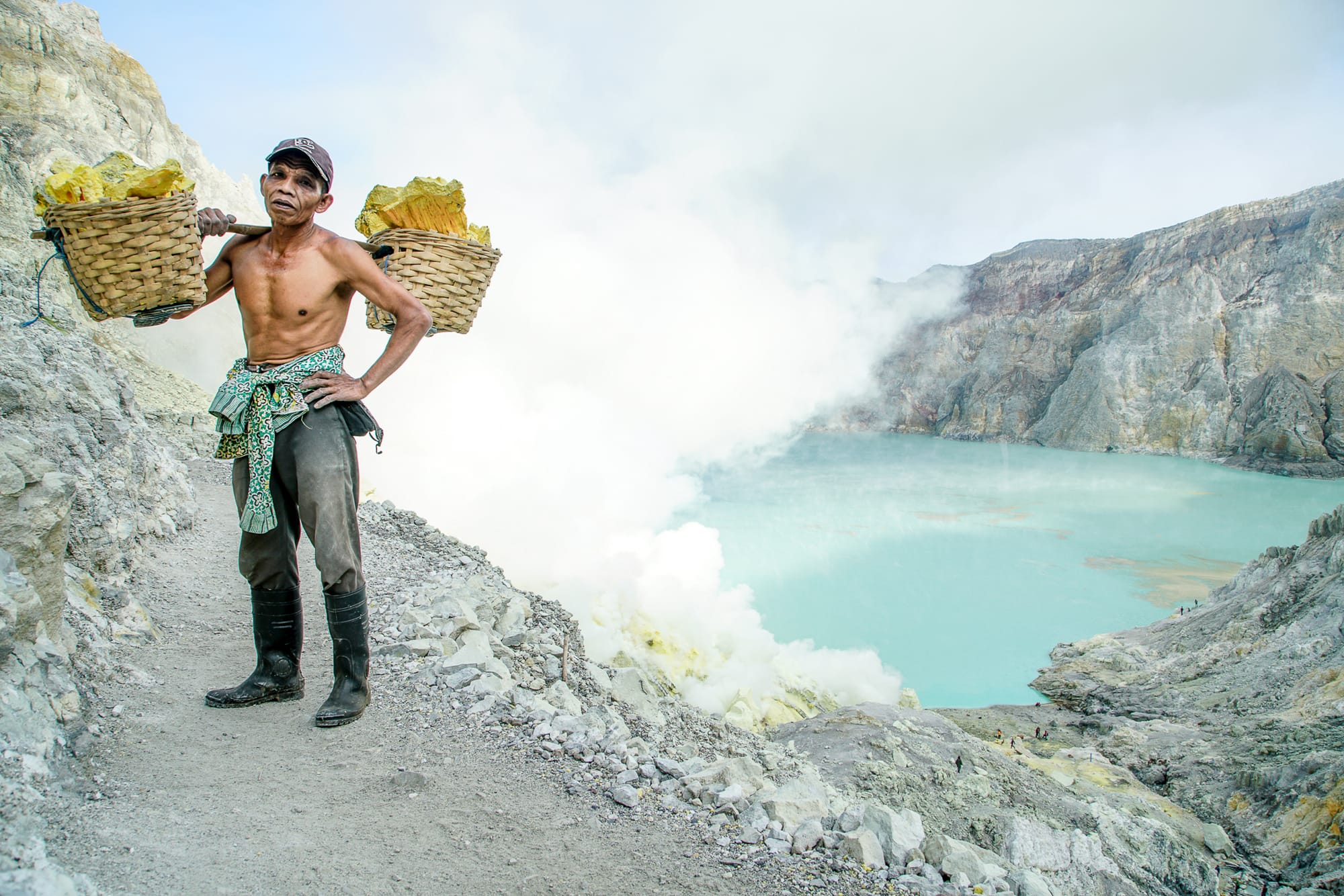
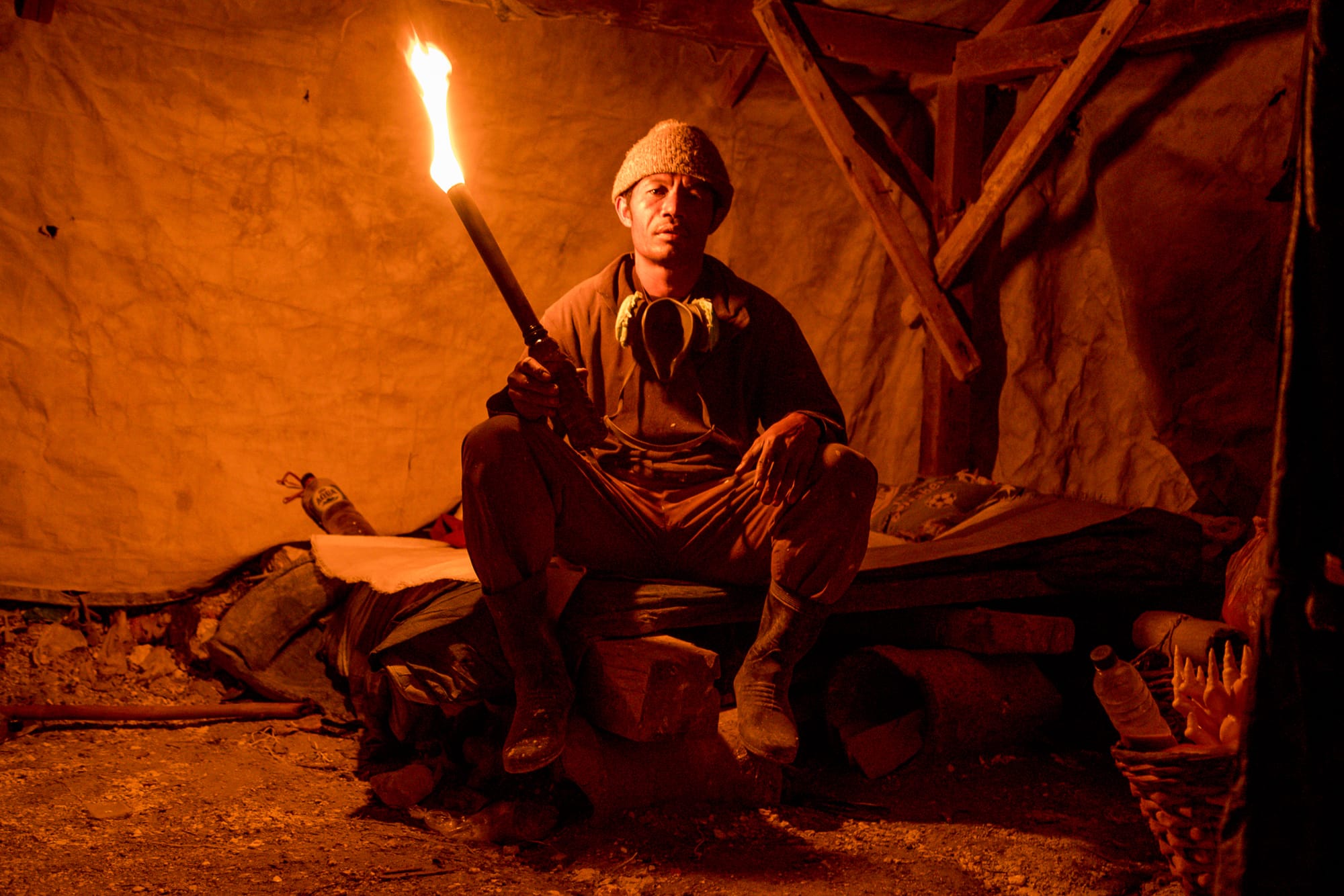
My advice would be to double down on emotional and empathetic storytelling over the coming years, like documentaries or humanistic approaches to factual film, photography, art and design. Also, leaning into cultural nuance, societal and environmental issues, justice and morality—these are topics where human insight remains crucial.
Most importantly, I believe independent journalists and creatives should lean into self-expressive stories and projects, producing works they have a personal connection to. Since leaving mainstream media, the work I have felt most inspired to create was born from topics I am personally connected to, such as epilepsy and the environment.
Undoubtedly, the future of creativity will involve a partnership between AI and humans, but the unique strengths of human emotional intelligence and imagination will survive–and thrive–if we work together to value and preserve it.
In closing, I’ll leave you with some words of wisdom from David Brooks, author of How to Know a Person: The Art of Seeing Others Deeply and Being Deeply Seen.
Life goes a lot better if you can see things from other people’s points of view, as well as your own. AI is going to do many things for us in the decades ahead, and replace humans at many tasks, but one thing it will never be able to do is to create person-to-person connections. If you want to thrive in the age of AI, you better become exceptionally good at connecting with others.—David Brooks
Readymag’s Future Of Creative Work series is written by Chief Editor Tatyana Kovalchuk and Director of Far Company Fraser Morton.
